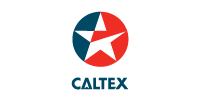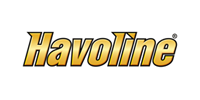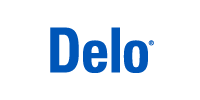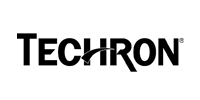VARTECH™ ISC passes the real-application test with flying colors


Industrial lubricant customers can now heave a sigh of relief. A real-application test proves that VARTECH ISC could be the perfect solution to the problem of varnish buildup in oil systems.
The Problem
The varnish build-up is an issue that plagues industrial lubricant customers from time to time. While varnish removal solutions are aplenty in the market, most of these cleaners are effective only in certain circumstances. Then Chevron developed a solution that addressed highly concerning issues, namely:
- Water separability: Common dispersant/detergent solutions can result in water and oil to bond. This makes it harder, if not impossible to remove water from the oil system.
- Oxidation stability: Dispersants and detergents can lower the life of antioxidants in the oil, increasing the risk of accelerated oil degradation if left in the system for too long.
- Seal compatibility: Varnish removers of the solvent variety can be damaging to rubber seals in oil systems.
Leaving residual dispersal/detergent cleaner in the oil system can be dangerous. If left behind, when the oil is changed, this can destroy the new oil that is installed. For the cleaner to be completely removed from the system requires a full flush. A highly expensive process, this can cost up to $100,000 depending on the system’s size.
The Solution
Chevron VARTECH™ Industrial System Cleaner (ISC) addresses the above problems. This non-solvent-based product can be added directly to oil during operation to clean varnish and sludge from the system before a scheduled oil change. An exhaustive lab testing against existing products proved that Chevron VARTECH™ ISC exhibited excellent seal compatibility, water/oil separability, and oxidation performance. However, that was not enough. It was necessary to test it in a real application before putting it in the customers’ critical systems.
Time to Put it Through Real-Application Test
The real-application test was conducted on a Chevron offshore production platform with three turbines on board. The rig processed approximately 100,000 barrels of oil a day and needed those turbines to be running. There was additional interest in choosing this particular production platform. Two years, Chevron tested a popular commercial dispersant/detergent product on one of these same turbines. This provided a chance to carry out a back-to-back performance comparison.
The turbine in question faced a severe varnish issue. The oil cooler had been contaminated with the temperature rising to the point where the operators had to shut the turbine down to replace the cooler.
Chevron VARTECH ISC was added; 45 minutes later, the main oil header temperature dropped around 20 degrees, from too high to normal. This indicated that the product had successfully cleaned the varnish from the oil cooler.
Why VARTECH ISC is among the most effective cleaners in the market
In comparison, with the previous dispersant/ detergent product, it had taken two days to start seeing a temperature drop. Moreover, that product was also plugging the filters in the system every few minutes with varnish debris. Whereas Chevron VARTECH ISC had no such filter-plugging effect over the two-day test period.
Subsequent testing in actual equipment over longer durations continued to validate the initial findings.
VARTECH ISC outperforms other commonly used cleaners in cleaning efficiency, effectiveness, and system compatibility without affecting water separability and oxidation stability. This excellent compatibility greatly decreases performance impact for the new oil when flushing is impractical, and it need not be used in combination with a varnish filtration system.
What Chevron recommends
As a rule of thumb, don’t leave any varnish cleaner in a system indefinitely. Simply add Chevron VARTECH ISC before a scheduled oil change, and the varnish debris will exit with the old oil.





























